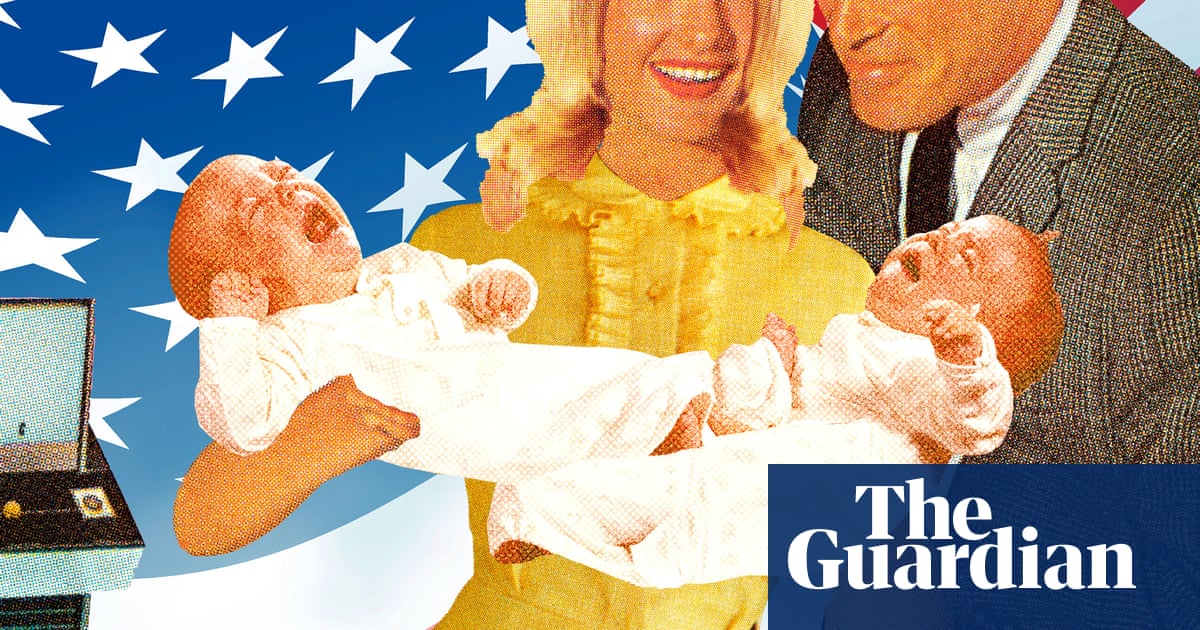
"In 1980, Gertrud Scholtz-Klink, an unrepentant former leader of the Nazi women's bureau in Berlin from 1934 to 1945, described her former job to historian Claudia Koonz as influencing women in their daily lives. To her audience approximately 4 million girls in the Nazi youth movement, 8 million women in Nazi associations under her jurisdiction, and 1.9 million subscribers to her women's magazine, Frauen Warte, according to Koonz Scholtz-Klink promoted what she called the cradle and the ladle, or reproductive and household duties as essential to national strength."
"There was a whole array of women's magazines that glorified housewives in Nazi Germany, says Koonz, a professor emerita of history at Duke University. It would be the equivalent of social media today. Frauen Warte contained nothing too political just broadly appealing lifestyle content about keeping a clean and well-provisioned home while raising a healthy family, with occasional debates about how much makeup one should wear. A barefaced look was preferred much like the clean girl trend of today. In a censored society everyone needs debates about harmless topics, says Koonz."
"Thinkers including 20th-century German theorist Theodor Adorno and contemporary American political philosopher George Lakoff theorized about the paternalist personality of authoritarians, with Lakoff noting that in modern history, far-right authoritarian regimes institutionalize male authority through a family-like hierarchy: women are subservient to men and both obey the nation's metaphorical strict father. In the home, paternal authority and maternal subservience prime children for"
Gertrud Scholtz-Klink led the Nazi women's bureau in Berlin from 1934 to 1945 and sought to influence women's daily lives across millions of followers. Approximately 4 million girls in the Nazi youth movement, 8 million women in affiliated associations, and 1.9 million Frauen Warte subscribers were targeted with messaging that framed motherhood and household labor as national imperatives. Women's magazines glamorized housewifery with lifestyle content, beauty debates, and a preferred barefaced look, functioning as broad social influence. Ordinary women operated at the center of social reproduction, incubating white supremacist ideals, female subordination, and sacrifice under authoritarian family-like hierarchies.
Read at www.theguardian.com
Unable to calculate read time
Collection
[
|
...
]